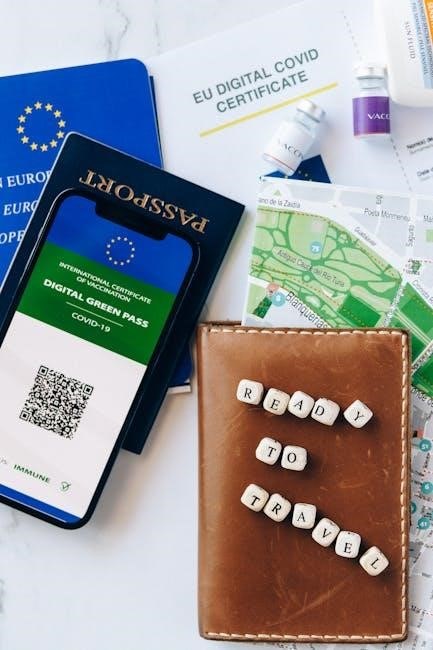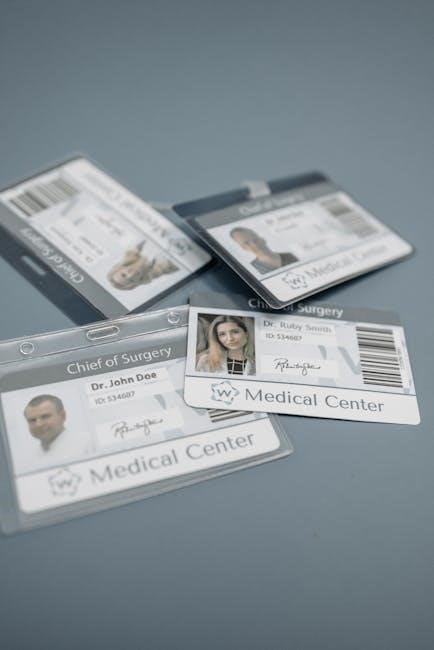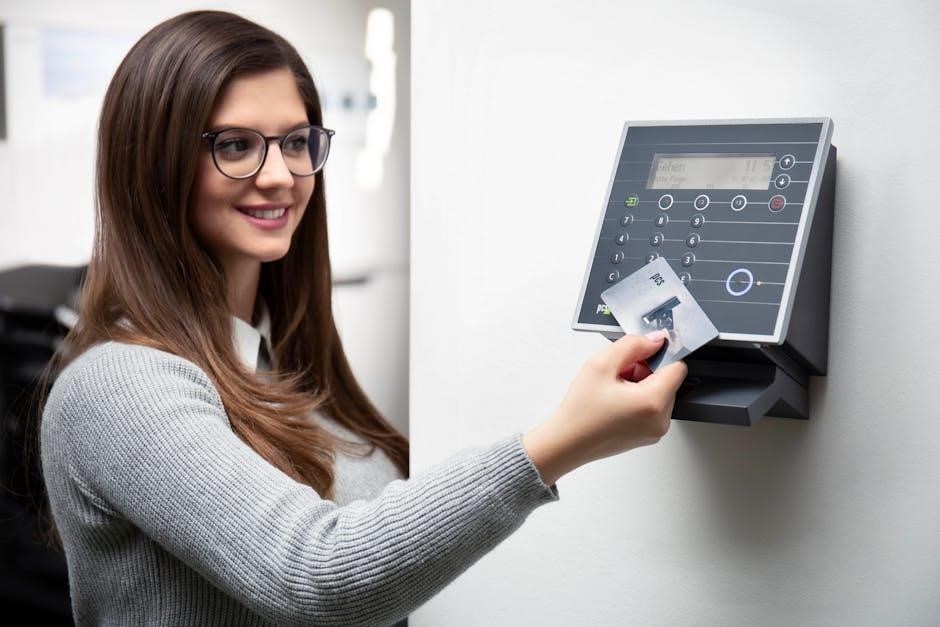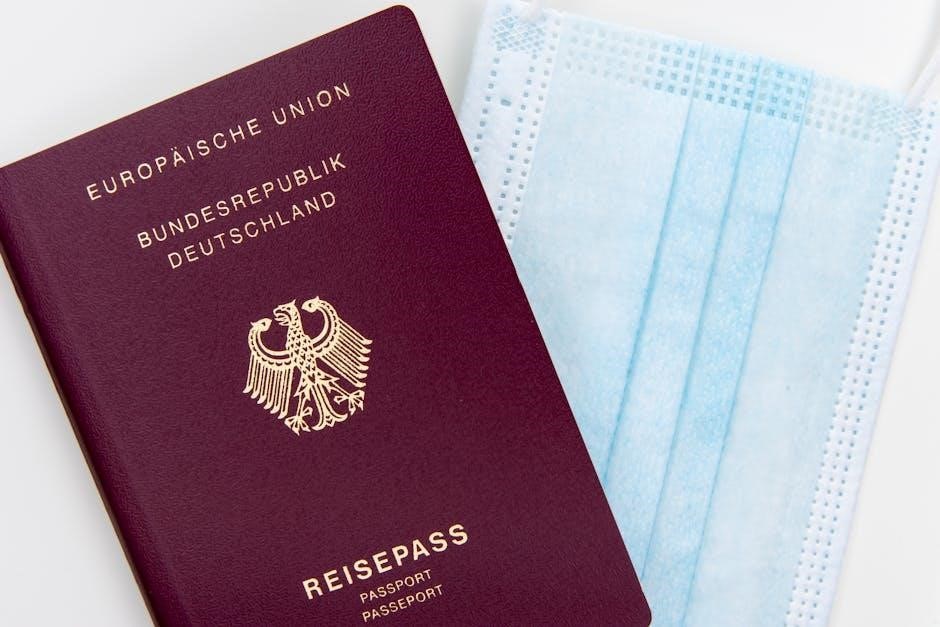This introduction provides an overview of the id verification guide process and its importance in today’s digital world with online security measures and identity protection methods available online always.
What is ID Verification
ID verification is a process used to confirm the authenticity of an individual’s identity documents, such as a driver’s license or passport. This process typically involves a visual inspection of the documents for signs of tampering or forgery. ID verification is an essential step in many industries, including finance and healthcare, where identity verification is crucial for security and compliance. The goal of ID verification is to ensure that the individual presenting the documents is who they claim to be. This is achieved through a series of checks, including verifying the document’s authenticity and checking for any inconsistencies in the information provided. By verifying an individual’s identity, organizations can protect themselves and their customers from identity theft and other forms of fraud, and ensure that they are complying with relevant laws and regulations. ID verification is a critical component of any identity verification system, and is used to prevent identity theft and fraud.
Steps for ID Verification
Verification involves multiple steps to confirm identity and authenticate documents using online security measures always available.
Online ID Verification Process
The online id verification process typically involves uploading identification documents and taking a photo to verify identity. This process is often used for online transactions and account creations. The verification process is usually automated, using software to check the documents and photo for authenticity. The online id verification process is designed to be quick and convenient, allowing users to verify their identity from anywhere with an internet connection. The process usually involves multiple steps, including uploading documents, taking a photo, and entering personal details. The online id verification process is an important part of online security, helping to prevent identity theft and fraud. It is used by many organizations, including banks, government agencies, and online retailers. The process is constantly evolving, with new technologies being developed to improve its accuracy and efficiency.

Importance of ID Verification
Id verification is crucial for security and trust in online transactions and interactions with organizations always using secure methods and protocols every time online.
Organizational Benefits
Implementing an id verification system can have numerous benefits for organizations, including increased security and reduced risk of fraud. This can be achieved through the use of online identity verification solutions, which can help to streamline the verification process and reduce the need for manual checks. By using these solutions, organizations can also improve the overall customer experience, making it easier and faster for individuals to verify their identities. Additionally, id verification can help organizations to comply with regulatory requirements and industry standards, reducing the risk of non-compliance and associated penalties. Overall, the use of id verification systems can have a positive impact on an organization’s reputation and bottom line, making it an essential tool in today’s digital age with various online security measures available.

REAL ID Online Pre-Verification
Online pre-verification process for REAL ID is available with required documents and information to be submitted through a secure online portal always for verification purposes only.
Application Process
The application process for ID verification involves several steps, including submitting required documents and information through a secure online portal. This process typically begins with an individual creating an account and providing personal details, such as name and date of birth. The individual is then prompted to upload scanned copies of their identification documents, such as a passport or driver’s license. The system verifies the documents and checks for any discrepancies or potential fraud. Once the documents are verified, the individual may be required to complete additional steps, such as answering security questions or providing biometric data. The application process is designed to be user-friendly and efficient, while also ensuring the security and integrity of the verification process. The entire process is typically completed online, with some systems offering mobile applications for added convenience. The process is straightforward and easy to follow.

ID Verification Best Practices
Organizations should adopt multiple verification methods for optimal security and identity protection measures always using online systems.
Optimizing the Verification Process
To optimize the verification process, organizations can implement various strategies, including streamlining the verification workflow and using automated systems to reduce manual errors and increase efficiency.
By using these methods, organizations can improve the overall verification process, making it more secure and reliable.
The verification process can be optimized by using multiple verification methods, such as two-step verification, to enhance the accuracy of the verification.
This can help to prevent identity theft and fraud, and ensure that only authorized individuals can access sensitive information.
Organizations can also use online systems to verify identities, making the process more convenient and efficient.
Overall, optimizing the verification process is crucial for ensuring the security and integrity of sensitive information.
By implementing these strategies, organizations can improve the verification process and reduce the risk of identity theft and fraud.

Mobile ID Verification
Mobile id verification uses phone technology to verify identities quickly and securely online always with digital methods available.
Using Your Phone for Verification
Using your phone for verification is a convenient and secure way to verify your identity online. This method uses phone technology to authenticate your identity and provide access to various services. The process typically involves downloading an app or accessing a website through your phone’s browser. You will then be guided through a series of steps to verify your identity, which may include taking a photo of your ID document or providing biometric data. The phone’s camera and other features are used to capture and verify the information, ensuring a secure and efficient verification process. This method is widely used in various industries, including banking and healthcare, to provide a seamless and secure experience for users. The use of phone technology for verification has become increasingly popular due to its convenience and security features.
